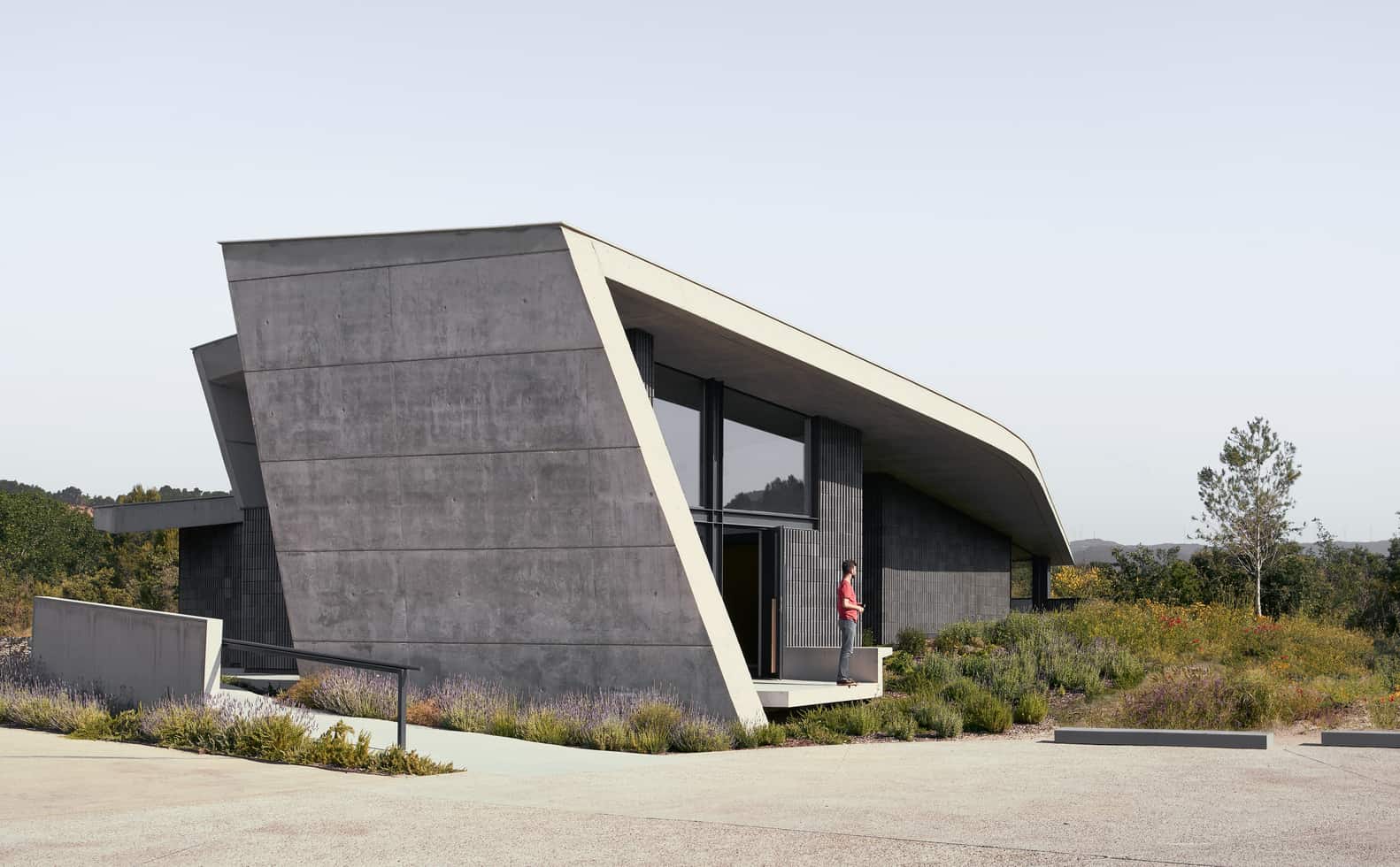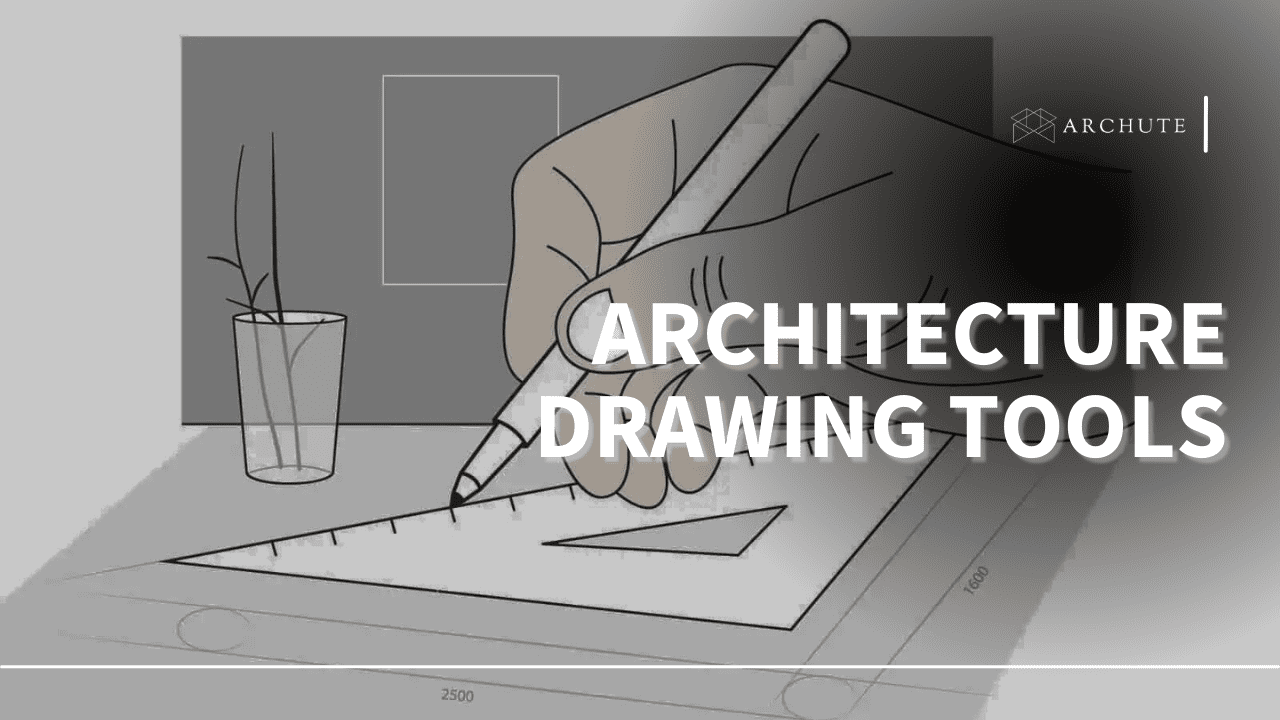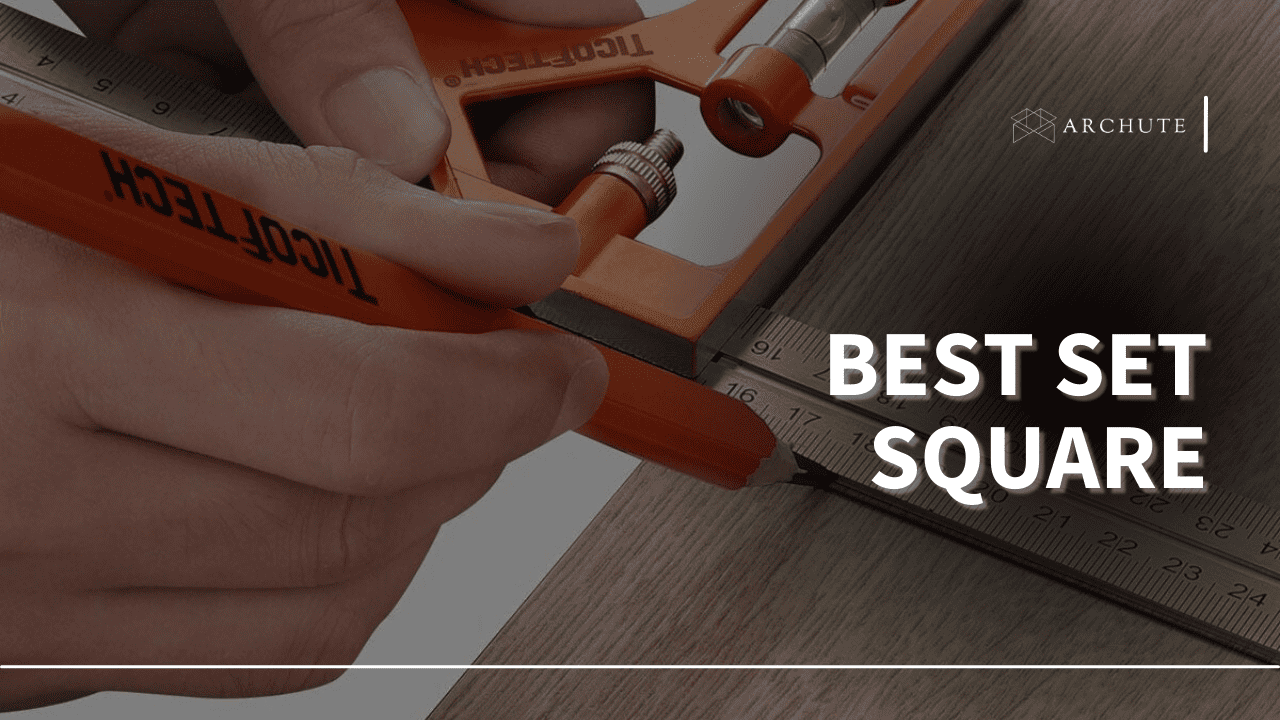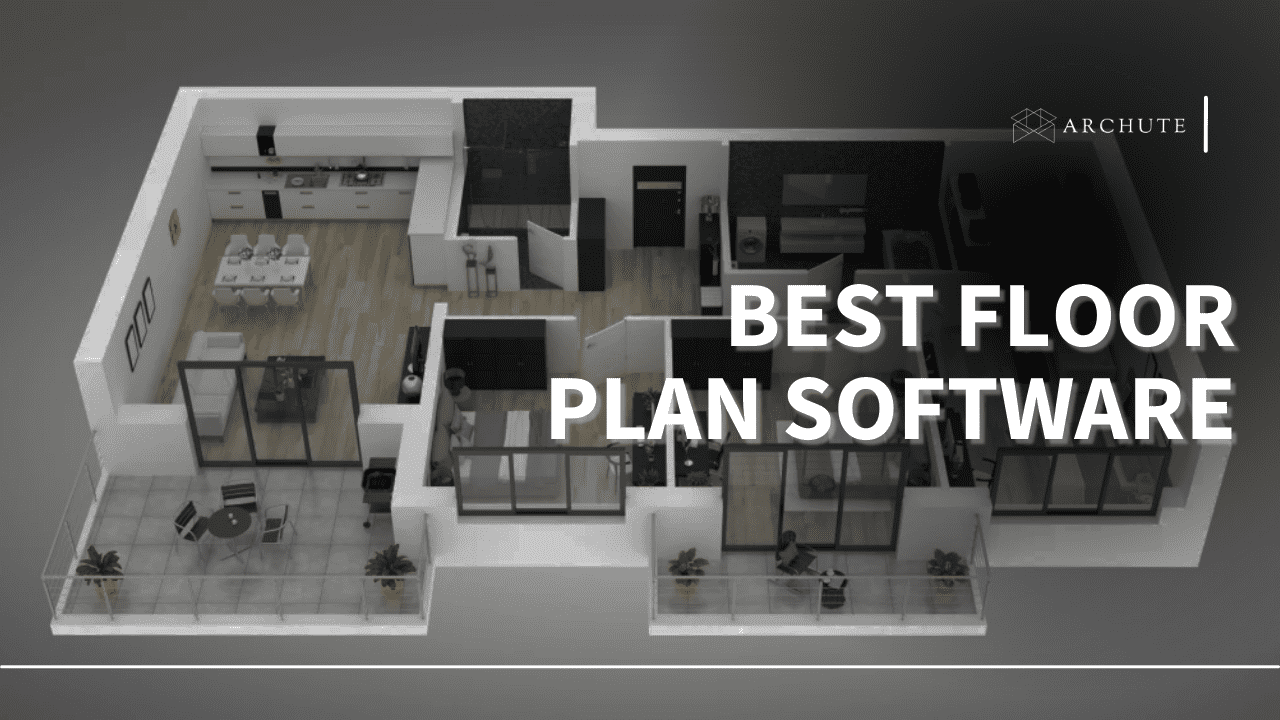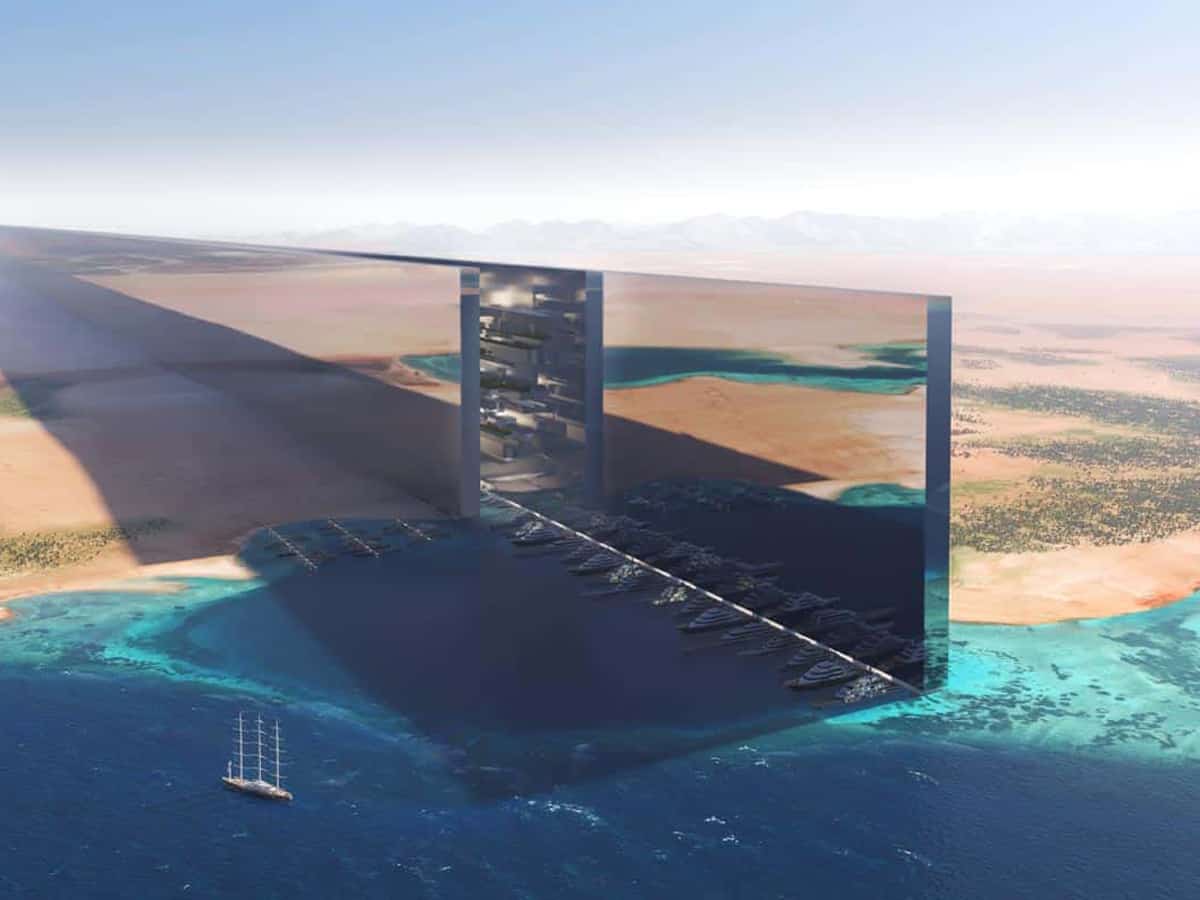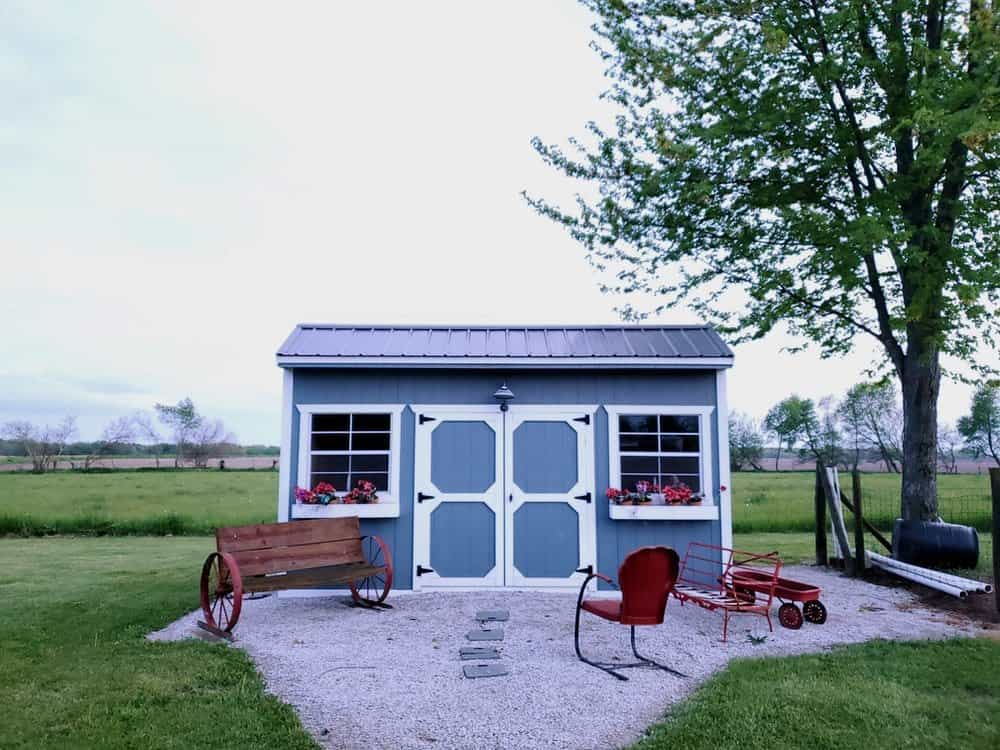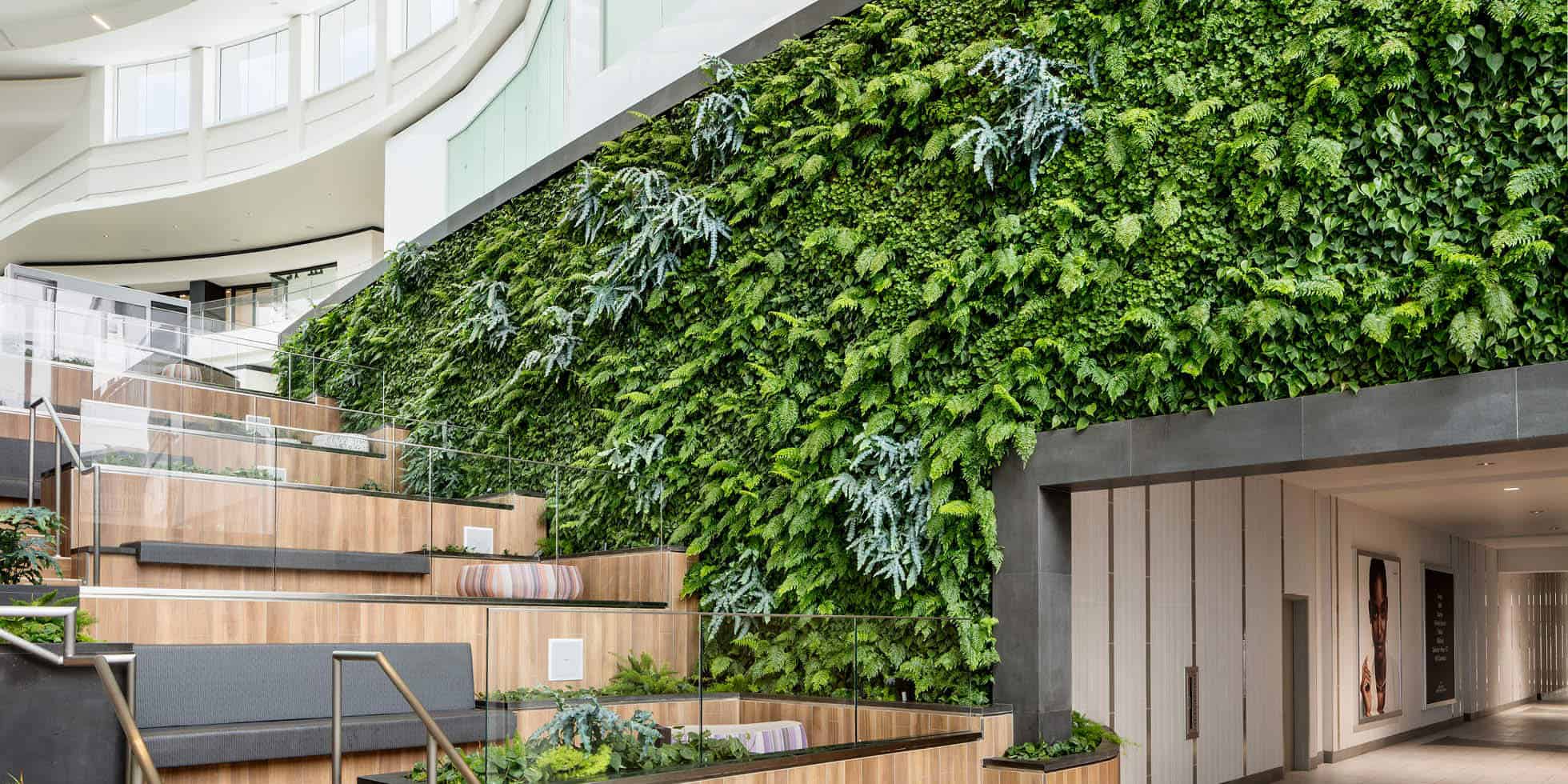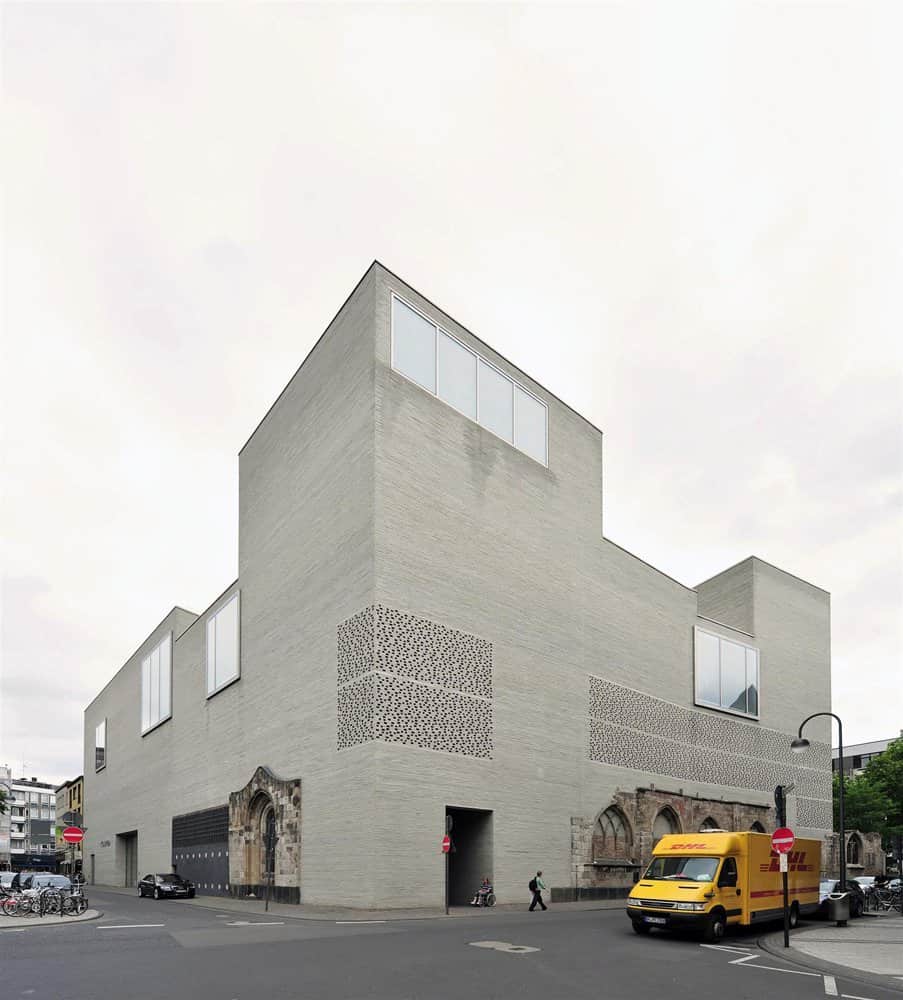The process of managing the deceased is not as simple as it seems — it's not just a matter of burning or burying within a few days. Even in contemporary city planning, there are still strong religious and cultural restrictions around where and how to dispose of the dead. This crematorium in Igualada, Spain, designed by Carme Pinós Desplat Architects, represents a bold step within the realm of funeral architecture, considering its solemn context, quite literally.
In relation to death and commemoration, the preference for cremation rises every day. Acres of headstones and memorials are a constant reminder of the present dead in a city. To cater for growing populations, town planners ardently advocate for crematoriums to alleviate the density challenges facing cemetery grounds. This crematorium is integrated into the surrounding cemetery grounds with utmost sensitivity. It literally is standing on symbolically holy grounds, in an atmosphere that does not welcome architecture but rather prefers to embrace nature — dust to dust.
This is a new stylistic language for designing a generation of buildings appropriate to this new setting and its related rituals. The large windows maintains a dialogue between the visitors and the distant landscape. It's scale minimizes functions to only the necessary spaces, not a typical building found along a street.
It is situated on the top of a hill that holds the chapel and other facilities. The architect's intention was to convey the sensation of being on a different level to that on which the people's daily lives happen and which relates us to that life. It is located in such a way that it cannot be seen from the cemetery. This, perhaps, was to make sure that its distinctiveness does not betray it and rob the focus from the cemetery.
Despite being a purely technical building, it responds to the frame of mind of those who visit the space. The choice of materials resonates with the built environment of a cemetery. Concrete, a predominant material in the cemetery, gives the crematorium a sculptural character. Ceramic tile cladding, on the other hand, gives it a less monolithic and more welcoming dimension.
At the center of all funerary architecture and culture is the human body. In this case, the human body may be lifeless but the actual users of this facility are fragile beings under some sort of delicate emotional state. A deconstructivist kind of approach to the design of a crematorium with acute angles somewhat lacks compassion towards the bereaved. Architecture has a way of trying to draw attention to itself as a piece of art even in situations where its flair is relatively uninvited. The architect's attempt to alleviate this form by playing it down to a human scale with a subtle colour scheme was, nevertheless, successful.
If you found our exploration of modern design elements intriguing, you might also be interested in discovering the innovative features of Crematorium Baumschulenweg.
Project Information
Architects:
Estudio Carme Pinós
Location: Carrer del Països Baixos, Igualada, Barcelona, Spain
Area: 252 Square Meters
Project Year: 2016
Photographs: Jesús Arenas

